Shrinking Cities Buffalo: 2010 Spring Urban Design Studio



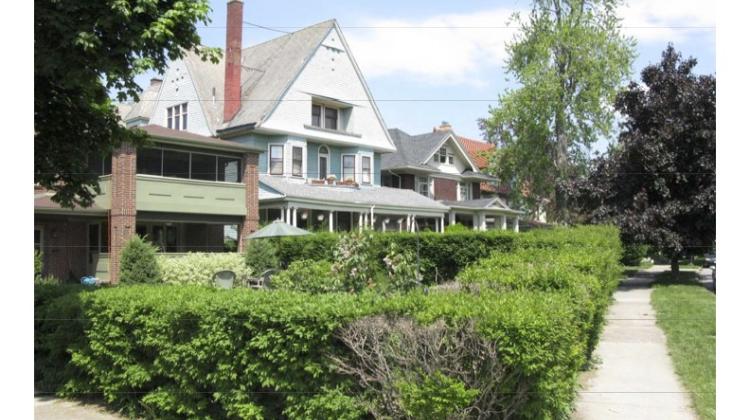
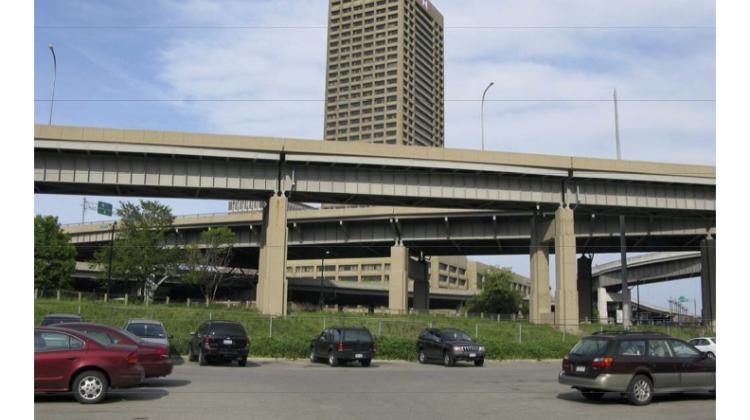

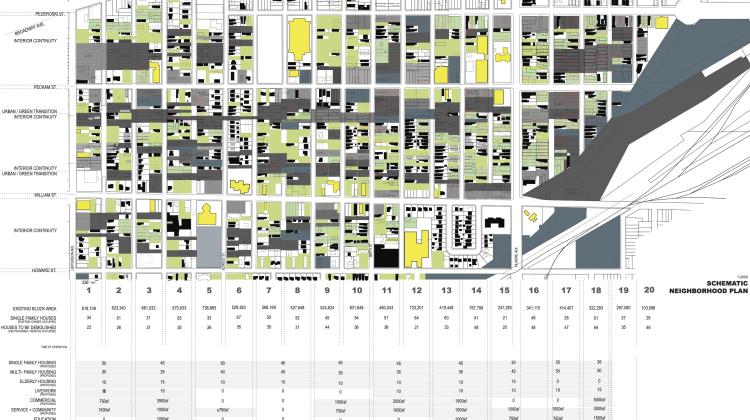


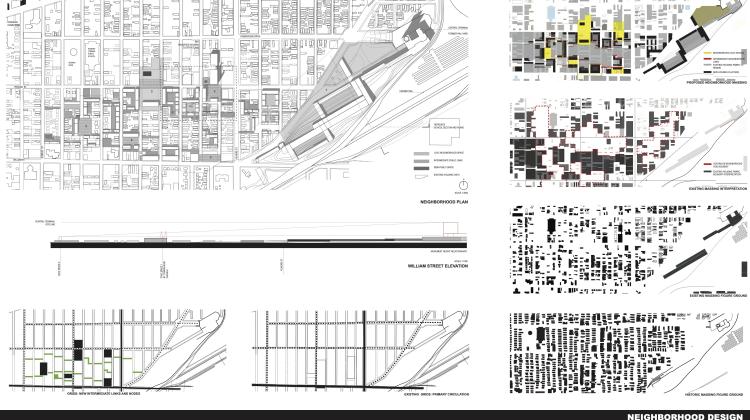
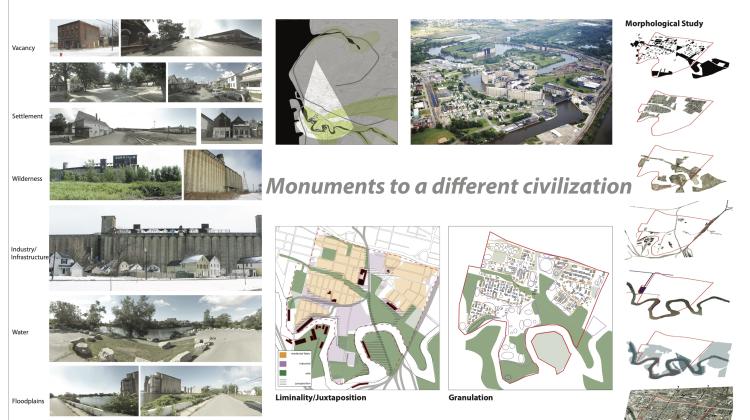

The phenomenon of the shrinking city has emerged as a critical problem in urban design on a worldwide scale. Shrinking cities across the globe are characterized by extremes of population loss, degradation of the physical fabric, and socioeconomic problems. Conventional planning and design ideologies have proven inadequate. New solutions, emerging from a confluence of physical and social innovation, are badly needed.
The Spring 2010 Shrinking Cities Buffalo studio was the first in a series of urban design studios that proposed comprehensive spatial and social strategies at three scales: city, neighborhood, and dwelling. The studio examined the paradigmatic shrinking city of Buffalo, NY (1950 population 580,000, 2010 population 270,000.) The city is a historic innovator in planning and design, with extensive work from Olmsted, Wright, Sullivan, Richardson, Burnham, and SOM as well as the concrete grain elevators made famous in Corbusier’s Vers Une Architecture of 1924. Buffalo was formerly dependent on marine infrastructure: the Erie Canal of 1825 effectively started the city’s growth, and the St. Lawrence Seaway of 1959 categorically ended it.
The studio rejected current minimal expectations for Buffalo in order to project a future that simultaneously acknowledged decline and reclaimed the shrinking city as a site for innovative design and social improvement. Taking the city of Buffalo as an arbitrary but resilient political space, Shrinking Cities Buffalo shaped “new neighborhood” strategies for four shrinking districts of Buffalo. The studio acted at three scales: city, neighborhood, and house, and in three areas of expertise: urban design, housing policy, and architecture. The studio operated with students in a range of expertises working in multidisciplinary teams generating high levels of formal and social innovation.
Some of the central questions that the studio answered in its design proposals were: In a shrinking city, where should growth be channeled? How to reimagine a deteriorated and imperfect urban fabric? Can the architectural model for the urban dwelling be revised? What is the social agenda for urban design in the shrinking city? Studio proposals included new neighborhood fabric configurations, revised housing models, historic rehabilitation, and infrastructural interventions.


